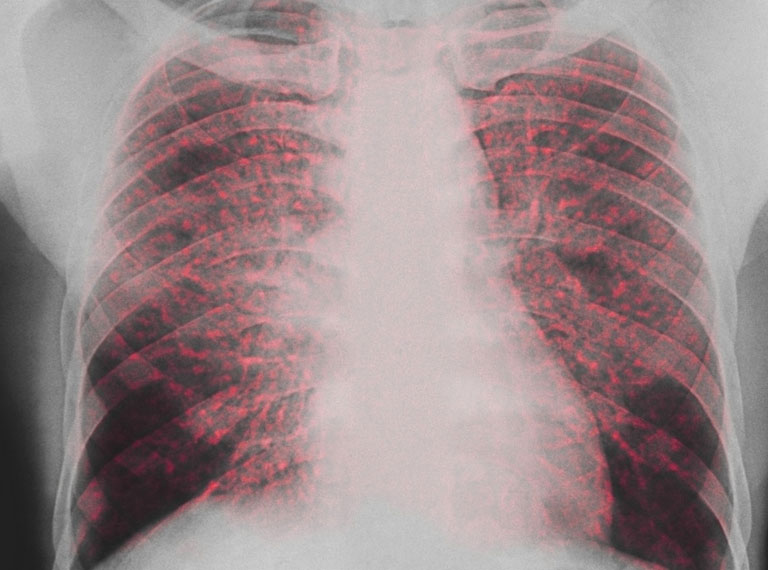- Home
- Departments
- Sarcoidosis

What is Sarcoidosis?
Sarcoidosis is an inflammatory disease that can attack any organ of the body, though 90% of the time it occurs in the lungs where it is referred to as pulmonary sarcoidosis.
It is characterized by nodules or granulomas — small, rounded growths made up of blood vessels and connective tissue that appear as sores or lesions on the skin. While sarcoidosis is usually a chronic disease, lasting several months or even years, it is most often a mild condition that does not result in lasting harm.
Causes
The causes of pulmonary sarcoidosis are unknown, but some suspected sources include:
- Respiratory infection resulting from a virus
- Exposure to toxic substances
Symptoms
Pulmonary sarcoidosis may cause:
- Shortness of breath
- A dry cough
- Mild chest pain
- Fatigue
- Weight loss
- Fever
Seriousness
In many cases, sarcoidosis is relatively brief and heals by itself. Some patients never even know they have it. Others experience varying degrees of pain, but only rarely does it affect their lifestyles. There are, however, serious cases of pulmonary sarcoidosis in which patients suffer unusual amounts of pain or breathing difficulty. A few patients will have permanent lung damage from it. Chronic cases may be treated with drugs.
Diagnosis
- Breathing tests
- Blood tests
- Chest x-rays
People at Risk
Sarcoidosis occurs most often in young adults between the ages of 20 and 40, though older adults have been known to contract it too. In the United States, sarcoidosis affects eight times as many African-Americans as whites, and more women than men.
Treatment
- Corticosteroids
- Steroids
Managing Sarcoidosis
Once you have been diagnosed with sarcoidosis, talk with your care giver at SPLC about regular check-ups. The severity of symptoms and development of the disease will determine your treatment schedule and the frequency of check-ups. Because pulmonary sarcoidosis is visible on x-rays, regularly scheduled x-rays can be useful in following the progression of the disease.
More Information
- Following are web sites from reliable sources with further information on sarcoidosis. For basic information on sarcoidosis, with links to other sites for more detail, try www.sarcoidosisonlinesites.com.
- The American Lung Association’s web site at www.lungusa.org lists “Diseases A to Z”. Click on this tab in the upper tool bar, then scroll down to sarcoidosis under “S”.
- The National Institutes of Health has a very complete, 16-page document on sarcoidosis available on its site at www.nhlbi.nih.gov/health/public/lung/other/sarcoidosis.
Emergency Cases
If you have an emergency, please call Jackson Hospital. The operator can reach the doctor on call.

